Marvelous Mushrooms!
Mushrooms are one of the most sustainable crops produced. They grow on natural byproducts such as corn hulls, wheat straw and wood chips. It only takes two gallons of water to produce a pound of button mushrooms. (In contrast, roughly 1,800 gallons of water is needed to produce one pound of beef.)
Not only are mushrooms good for the environment, they're good for us too - rich in fiber, B vitamins, minerals. To top it off, they’re fat- and cholesterol-free.
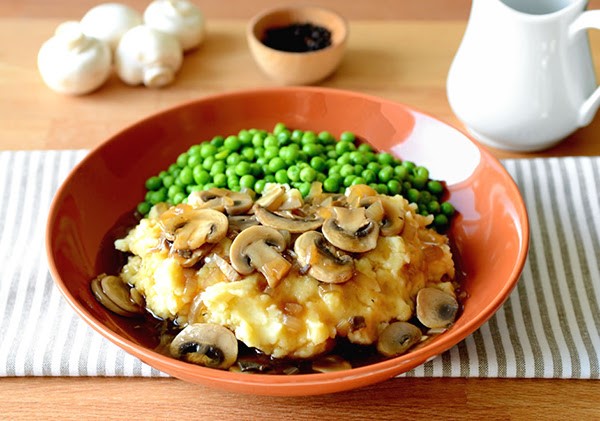
Folks wanting to cut back on their meat consumption love mushrooms because of their “meaty” texture and their high umami taste. You can find out for yourself how true this statement is by trying Dr. John McDougall’s delicious mushroom sauce. This is so good you’ll be topping just about everything with it.
2 leeks sliced (white and light green part only)
3/4 pound fresh mushrooms sliced
3 1/2 cups water divided
1/2 teaspoon leaf oregano
1/2 teaspoon leaf sage
1/4 cup soy sauce
1/8 cup Marsala wine
3 1/2 tablespoons cornstarch mixed in 1/4 cup cold water
Directions:
Add Recipe to Cook'n
And there’s such a wide variety of mushrooms from which to choose. For instance, here’s a concise compendium www.epicurious.com shared:
WHITE BUTTON MUSHROOM: The most common and mildest-tasting mushroom around. Ninety percent of the mushrooms we eat are this variety. Less intensely flavored than many of its more exotic kin, it can be eaten either raw or cooked, and works well in soups and salads, and on pizzas.
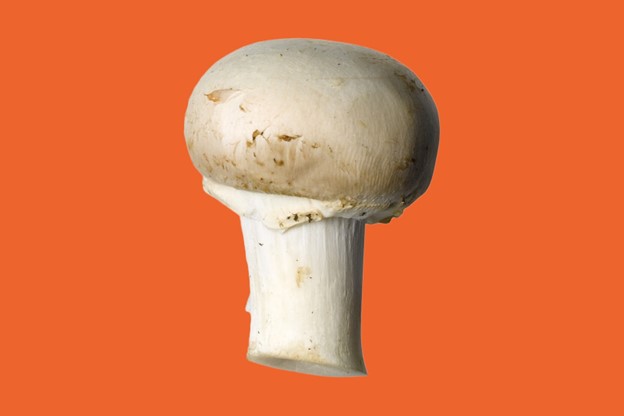
CRIMINI MUSHROOMS (aka Baby Bellas): Crimini mushrooms are simply young portobellos. Although darker, firmer and more flavorful than its cousin the white button mushroom, the two can be used interchangeably.
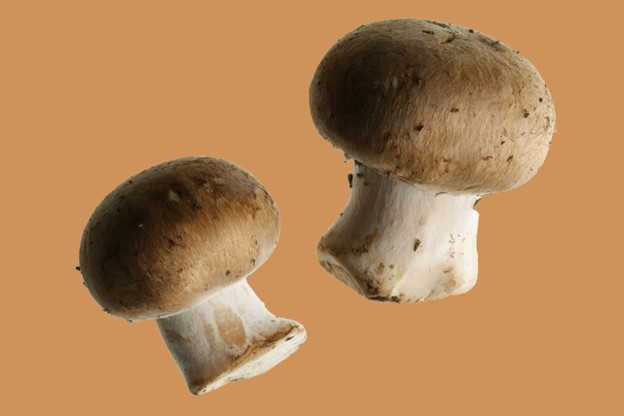
PORTABELLO MUSHROOMS: These grown-up crimini mushrooms are common in Italian cooking. The dense, rich portobellos lend depth to sauces and pastas and make a great meat substitute. If you want a bun-substitute, you can even use the mushroom's flat cap. Mushrooms of this variety are as wide as the palm of your hand, and their meaty texture stands up to grilling and stuffing (or both!).
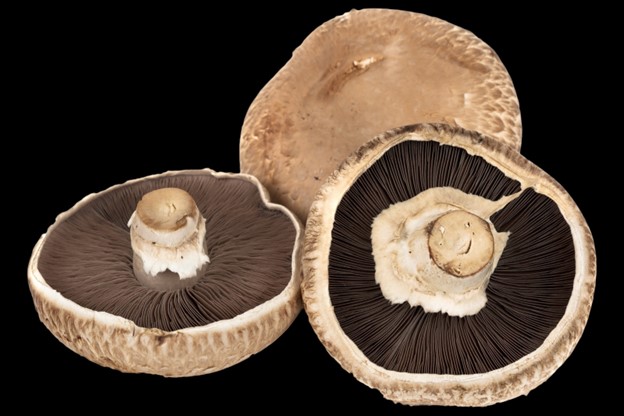
SHIITAKE MUSHROOMS: In Japanese, shiitake means "oak fungus," which describes where the mushrooms can be found in the wild. These days, however, most shiitakes are cultivated. They're best identified by their umbrella-shaped brown caps, which curl under ever so slightly. Fresh shiitakes have a light woodsy flavor and aroma, while their dried counterparts are more intense.
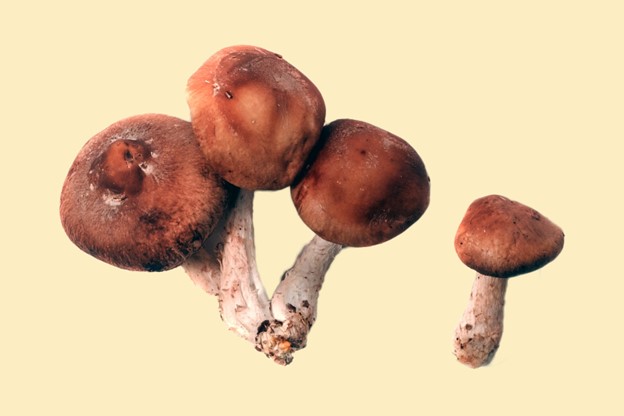
OYSTER MUSHROOMS: Although these can be found in the wild growing on the sides of trees, the ones you'll find in the store or on a menu are most likely cultivated. Like their namesakes, they're whitish in color and fan-shaped, and possess a delicate odor and flavor. Oyster mushrooms are found in many Japanese and Chinese dishes such as soups and stir-fries.
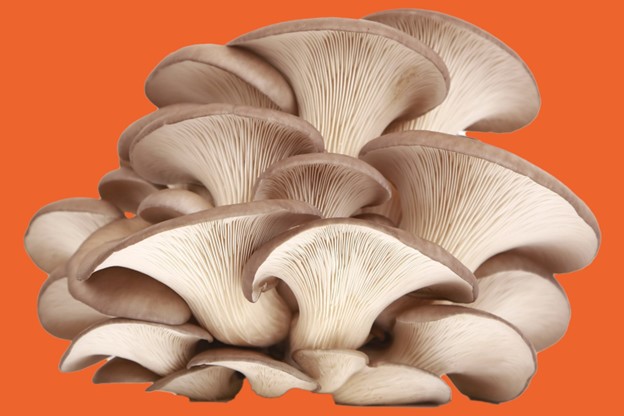
MOREL MUSHROOMS: A fleeting springtime treat in the Midwest and West. You can’t mistake its conical, spongy look and woodsy flavor.
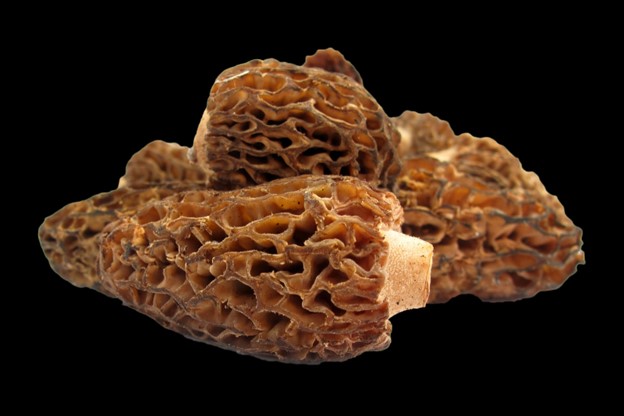
ENOKI MUSHROOMS: The edible variety of these mushrooms feature small, shiny white caps attached to thin stems and possess a distinctive crunch. They're good raw. In the wild, they grow on Chinese Hackberry trees, ash trees, mulberry trees, and persimmon trees.
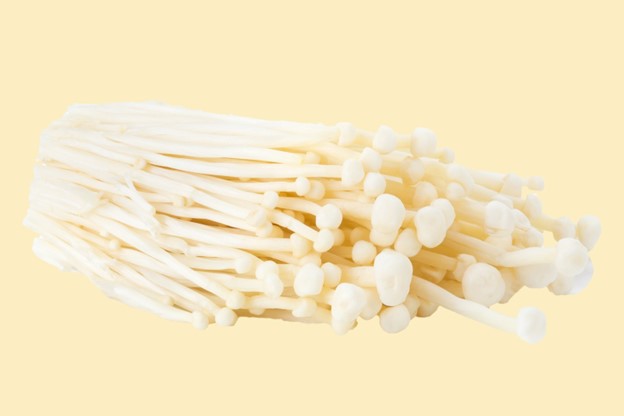
PROCINI MUSHROOMS: Slightly reddish-brown in color, porcini are one of the most prized wild mushrooms, sought out for their smooth texture and aromatic, woodsy flavor. They're popular in Italy, as well as in France, where they're called cèpes. Fresh porcinis aren't as easy to locate in the United States, but dried ones are easily reconstituted by soaking in hot water. These have a brief summer season in the East and pop up in the spring and fall on the West Coast.
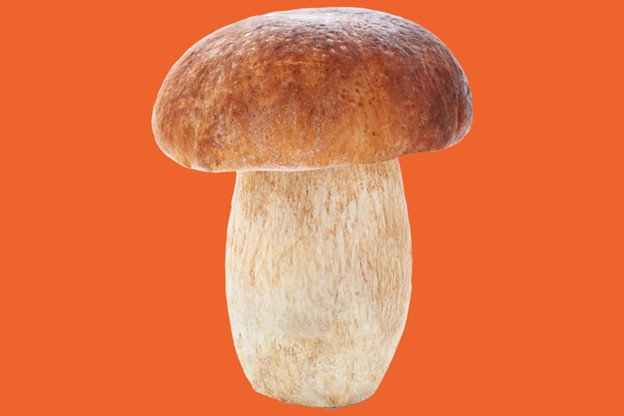
I’ll let the United States Mushroom council be the last word on this amazing food: “Because of all their vitamins and minerals, mushrooms are a powerful immune system protector. They’re one of the best sources of selenium, which helps the body make antioxidant enzymes to prevent cell damage (cremini or portabella mushrooms offer the most of this nutrient).
“Mushrooms are a flavorful superfood that benefits virtually every diet and cuisine. Mushrooms provide many of the same nutritional benefits as vegetables, as well as attributes commonly found in meat, beans and grains. They’re simply marvelous!”
Not only are mushrooms good for the environment, they're good for us too - rich in fiber, B vitamins, minerals. To top it off, they’re fat- and cholesterol-free.

Folks wanting to cut back on their meat consumption love mushrooms because of their “meaty” texture and their high umami taste. You can find out for yourself how true this statement is by trying Dr. John McDougall’s delicious mushroom sauce. This is so good you’ll be topping just about everything with it.
Marsala Mushroom Sauce
Ingredients:
2 leeks sliced (white and light green part only)
3/4 pound fresh mushrooms sliced
3 1/2 cups water divided
1/2 teaspoon leaf oregano
1/2 teaspoon leaf sage
1/4 cup soy sauce
1/8 cup Marsala wine
3 1/2 tablespoons cornstarch mixed in 1/4 cup cold water
Directions:
Place leeks and mushrooms in a pot with 1/2 cup of the water. Cook, stirring occasionally, for 5 minutes. Add the remaining water, the oregano, sage, soy sauce and wine. Bring to a boil, reduce heat and simmer uncovered for 8 minutes. Add the cornstarch mixture and cook and stir until thickened.
Recipe formatted with the Cook'n Recipe Software from DVO Enterprises.
And there’s such a wide variety of mushrooms from which to choose. For instance, here’s a concise compendium www.epicurious.com shared:
WHITE BUTTON MUSHROOM: The most common and mildest-tasting mushroom around. Ninety percent of the mushrooms we eat are this variety. Less intensely flavored than many of its more exotic kin, it can be eaten either raw or cooked, and works well in soups and salads, and on pizzas.

CRIMINI MUSHROOMS (aka Baby Bellas): Crimini mushrooms are simply young portobellos. Although darker, firmer and more flavorful than its cousin the white button mushroom, the two can be used interchangeably.

PORTABELLO MUSHROOMS: These grown-up crimini mushrooms are common in Italian cooking. The dense, rich portobellos lend depth to sauces and pastas and make a great meat substitute. If you want a bun-substitute, you can even use the mushroom's flat cap. Mushrooms of this variety are as wide as the palm of your hand, and their meaty texture stands up to grilling and stuffing (or both!).

SHIITAKE MUSHROOMS: In Japanese, shiitake means "oak fungus," which describes where the mushrooms can be found in the wild. These days, however, most shiitakes are cultivated. They're best identified by their umbrella-shaped brown caps, which curl under ever so slightly. Fresh shiitakes have a light woodsy flavor and aroma, while their dried counterparts are more intense.

OYSTER MUSHROOMS: Although these can be found in the wild growing on the sides of trees, the ones you'll find in the store or on a menu are most likely cultivated. Like their namesakes, they're whitish in color and fan-shaped, and possess a delicate odor and flavor. Oyster mushrooms are found in many Japanese and Chinese dishes such as soups and stir-fries.

MOREL MUSHROOMS: A fleeting springtime treat in the Midwest and West. You can’t mistake its conical, spongy look and woodsy flavor.

ENOKI MUSHROOMS: The edible variety of these mushrooms feature small, shiny white caps attached to thin stems and possess a distinctive crunch. They're good raw. In the wild, they grow on Chinese Hackberry trees, ash trees, mulberry trees, and persimmon trees.

PROCINI MUSHROOMS: Slightly reddish-brown in color, porcini are one of the most prized wild mushrooms, sought out for their smooth texture and aromatic, woodsy flavor. They're popular in Italy, as well as in France, where they're called cèpes. Fresh porcinis aren't as easy to locate in the United States, but dried ones are easily reconstituted by soaking in hot water. These have a brief summer season in the East and pop up in the spring and fall on the West Coast.

I’ll let the United States Mushroom council be the last word on this amazing food: “Because of all their vitamins and minerals, mushrooms are a powerful immune system protector. They’re one of the best sources of selenium, which helps the body make antioxidant enzymes to prevent cell damage (cremini or portabella mushrooms offer the most of this nutrient).
“Mushrooms are a flavorful superfood that benefits virtually every diet and cuisine. Mushrooms provide many of the same nutritional benefits as vegetables, as well as attributes commonly found in meat, beans and grains. They’re simply marvelous!”
 Alice Osborne
Alice Osborne
DVO Newsletter Contributor since 2006
Email the author! alice@dvo.com
Sources:
- www.drmcdougall.com
- www.epicurious.com
